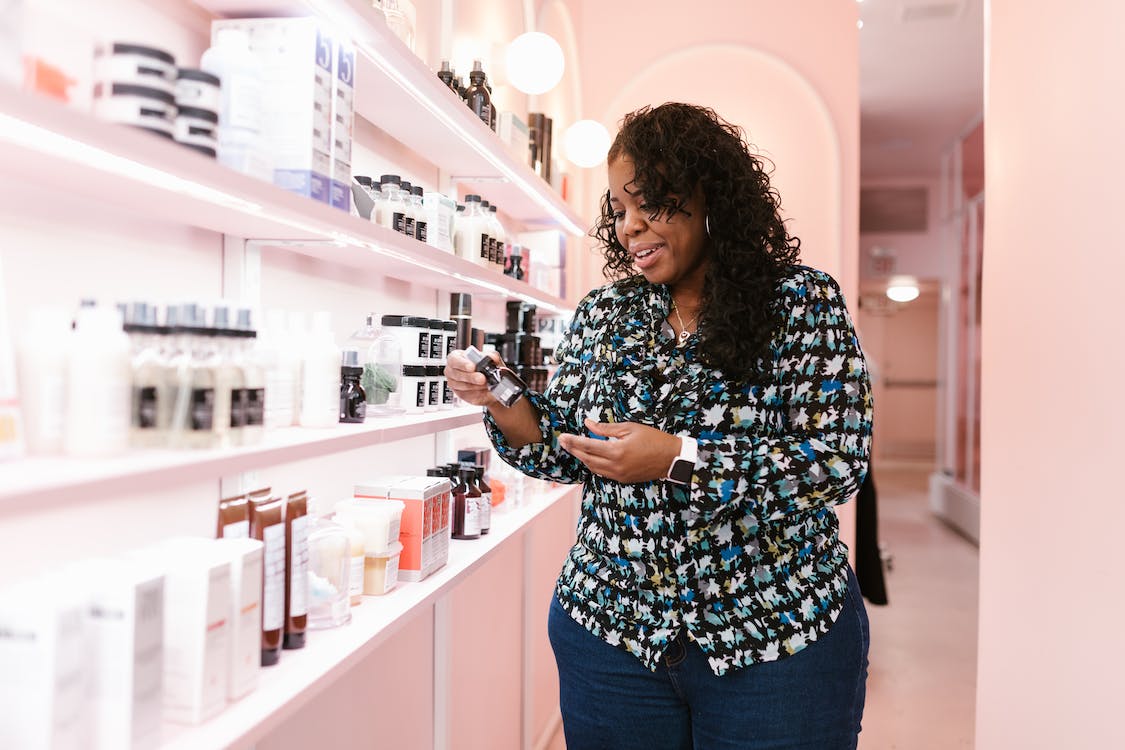If makeup or other cosmetics are an everyday part of your routine, then throughout a lifetime, you put a lot of them on your face. For people with more enduring skin, typically they don’t ever need to wonder what they are slathering on their face. However, for the rest of us, our makeup looks a little more dubious after it makes our skin turn on us and that’s not even considering the long-term effects it can have.
It is important for those with cosmetic sensitivities to know that cosmetics aren’t monitored by the Food and Drug Administration (FDA). While cosmetic manufacturers are required to list their ingredients, they aren’t responsible for their safety. The FDA can only take action if there are proven facts showing that an ingredient is dangerous and enough people are demanding something be done. However, “dangerous” is only within the realms of causing cancer or some other disease, not creating skin disorders and irritation. That is why makeup for sensitive skin is such big business.
So what should you be watching out for in the long list of complicated ingredients that runs on your favorite cosmetics?
1. Parabens – We’ve written about parabens before, where we looked at both sides of the controversy. There is a study out there that links parabens – methylparaben, propylparaben, ethylparaben, or butylparaben – to breast cancer. Naysayers say there were certain discrepancies with the study. While parabens aren’t dangerous in the small levels that are present in cosmetics, the problem is that those levels add up throughout a lifetime.
2. Formaldehyde – Also labeled as DMDM hydantoin, Sodium hydroxymethylglycinate, N-(Hydroxymethyl) glycine, monosodium salt, and quaternium-15, formaldehyde is used in a shocking number of cosmetics, or rather, was used. It was banned officially in 2004, but there are tons of older cosmetics still in circulation out there. Since it is a carcinogen and causes irritation to the throat, eyes, and nose, it is best to avoid it if you see it.
3. Phthalates – This ingredient has become one of the new hot topic makeup ingredients. Apparently phthalates cause disruptions in the endocrine system which can cause reproductive and neurological side effects. It I used as a solvent and more famously to make plastic more flexible. Look for DBP (di-n-butyl phthalate) and DEP (diethyl phthalate) on the label.
4. Triclosan – This ingredient is used as an antibacterial agent in everything from makeup and hand soap to toothpaste and acne treatments. In the body, it accumulates in fat and has been cited for causing thyroid dysfunction. There is also a fun rumor that it can react with chlorine in tap water to make chloroform, but that is likely just a rumor.
5. Fragrances – The fun fact about fragrances is that they typically aren’t included just for your pleasure. They are included to cover up the smell of synthetics and chemicals. Not only are synthetic fragrances a major source of irritation, but many scents of carcinogenic. They also cause headaches, coughing, vomiting, and, if you endured enough of it, neurological disorders like hyperactivity and depression.
6. Talc or Mica – These two are lumped together in controversy, but one is actually much worse than the other. Mica is a natural mineral, but it is usually processed down into such small particles (to add shimmer) that it leaves tiny microscopic cuts on your skin, irritating it. Alternatively, talc is infused with asbestos. That is bad news for the makeup it is in and especially the baby powder used to powder bare bottoms. While currently unsuccessful, major pushes have been made to classify talc as a carcinogen and ban its use.
7. Triethanolamine (TEA) – This is a popular ingredient for makeup that is marketed towards those with sensitive skin. TEA is used to help balance pH, but in many users, it actually causes allergic reactions, dry hair and skin, and irritated eyes. As TEA can also be absorbed through the skin, use enough products that contain it, and it can be toxic.
8. Petrolatum – Otherwise known as petroleum jelly, which is a byproduct of crude oil. This ingredient is prevalent throughout the cosmetics world because it does indeed seal in moisture, but it is also dirt cheap. However, it can also cause acne and premature aging. As it is extremely susceptible to contamination, cosmetics need to use more preservatives to keep it clean, providing it was clean to begin with.
9. Retinol – Retinol is actually an advertising point for most anti-aging creams. However, what those advertisements fail to say (except for in the small print) is that it is extra important to use retinol products only at night. You see, retinol works well, but it actually becomes carcinogenic in sunlight.
10. Sodium Lauryl Sulfate – SLS has been suggested to cause skin irritation, increase oil production on your skin, cause mouth ulcers, and even damage your eyes. Also known as Sodium Laureth Sulfate and Ammonium Lauryl Sulfate, this product is used in foundation, shampoos, toothpaste, and body wash as a way to increase lather. It is widely (and less dangerously) attributed to acne outbreaks. Most often, you will probably find sulfates in products that are making your hair or skin dry, itchy, and oily.

